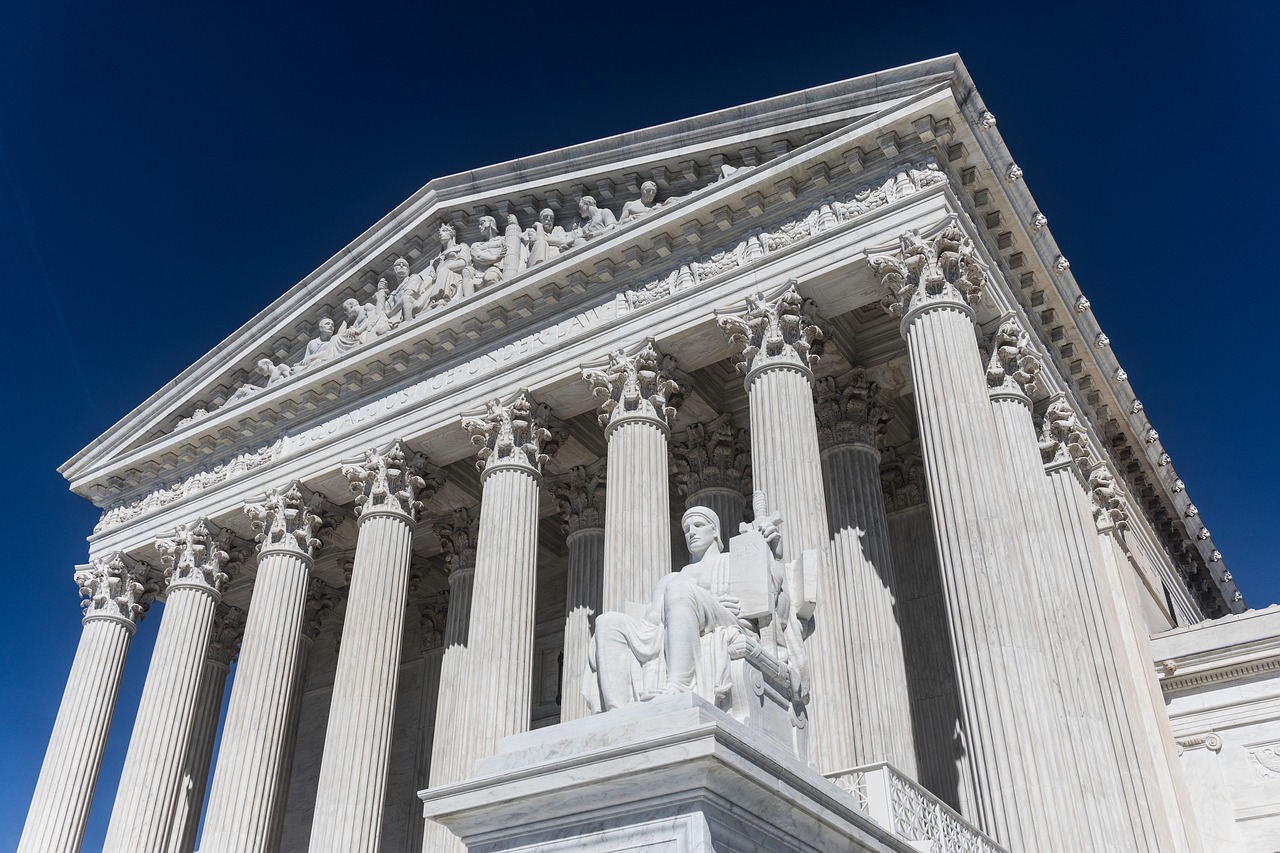In a perfect world, groups of potential business partners would sit down before they started their new ventures to hash out the details of their relationship. They would work in close consultation with one or more attorneys to produce detailed subscription, operating and loan agreements documenting their arrangements and clearly delineating responsibilities. In the real world, the birth of closely-held businesses is sometimes far messier.
Despite their sophistication, entrepreneurs and businesspeople sometimes build and invest in companies without the legal scaffolding necessary to withstand disagreements among the owners. Individuals provide money without having a clear agreement on whether the payments are a loan or were made in exchange for an equity interest. Particularly in the early stages of a business, individuals often provide valuable services for little or below market compensation based on the oral promise of equity, either immediately or vesting in the future. Such arrangements are frequently evidenced only by the vaguest of email exchanges or sometimes “friends” forego any kind of writing.
When disputes involving such businesses boil over into litigation, there is often fierce disagreement on the threshold question of whether someone is an owner at all. The determination of whether someone is an owner, a lender, an employee or simply a “volunteer” who provided services out of family ties or affection is dispositive for many claims common in closely-held company litigation. A putative owner that cannot establish their ownership lacks standing to assert claims for breach of fiduciary duty, waste, dissolution and access to books and records.
There are a variety of ways to prove or disprove that a person is an equity holder in the absence of membership certificates, stock ledgers or written operating agreements. A perennial favorite, however, is using an entity’s tax returns, specifically, the Schedule K-1.
Entities taxed as partnerships or S-corporations must prepare a Schedule K-1 for each of its owners. The Schedule K-1s identify the owners of the business and specify their percentage of equity and profits and losses that will be attributed to each for tax purposes. The entity’s representative signing the tax return certifies under penalties of perjury that the return, including the schedules, are accurate to the best of their knowledge. The Schedule K-1 must be distributed to each owner and filed with the entity’s tax return. Owners then utilize the K-1 when preparing their personal returns to substantiate the profits or losses they are claiming.
Although the IRS generally requires filers to report profits or losses from the business in conformity with the Schedule K-1 they receive from the entity, a filer can object to the contents of the Schedule K-1 by filing a “notice of inconsistent treatment or administrative adjustment request” (Form 8082) with their return. Form 8082 is also used to alert the IRS that an entity has failed to issue a Schedule K-1 to an owner as required by law.
Schedule K-1 would appear to provide clear and unequivocal evidence of an ownership interest in a business. Most courts, however, have taken a more cautious view. Pennsylvania state and federal courts presented with Schedule K-1s generally treat them as probative but not dispositive of an entity’s ownership. The Schedule K-1 is meant to describe, rather than establish as a matter of substantive law, ownership of an entity at a given point in time. It may be subject to error, change and even outright manipulation. Consequently, it is unusual to find cases where a court has held that the contents of a Schedule K-1 is enough to estop a party from asserting that an ownership structure deviates from that reported on the K-1.
Although courts do not usually consider the existence of a Schedule K-1 to be dispositive of the existence or percentage of ownership, the weight afforded a Schedule K-1 often depends on which party is proffering it and for what purpose.
Because the company official signing the business’s return certifies the accuracy of the Schedule K-1 under penalties of perjury, a K-1 tends to be strong evidence of the entity’s position as to who owns it. In the event of litigation, the entity or the owner that controls it may be hard pressed to disavow the contents of the Schedule K-1 it filed. Indeed, the entity or controlling owner likely had exclusive control over the records provided to the accountants preparing the return.
Filing an individual return with a Schedule K-1 attached may also establish the position of a noncontrolling owner with respect to their percentage of ownership. Although an individual owner may not have had any involvement or control over the contents of the Schedule K-1, individual returns (Form 1040) require the filer to certify the accuracy of the return and schedules under penalty of perjury. Presumably this requirement also includes the Schedule K-1. Moreover, the failure of an individual to dispute the Schedule K-1 by filing Form 8082 also suggests that an individual agrees with the information contained in the K-1.
The failure of a putative owner to receive a Schedule K-1 can also be used show that no ownership interest exists. Many individuals provide services to companies without pay or defer salary on the promise of equity from a founder. These individuals often claim to have operated for years under the belief that they were owners, even though the entity never issued a Schedule K-1 to them. The failure of such individuals to file Form 8082 to give notice of the failure to issue the Schedule K-1, as well as the failure to include any profits or losses from the entity in their individual returns, can undermine claims that the individuals reasonably believed that they were owners of the business.
The issuance or failure to issue a Schedule K-1 can also impact the application of the statute of limitations. When defendants assert the statute of limitations, plaintiffs often attempt to rely on the discovery rule or the doctrine of fraudulent concealment to toll the statute. Some courts, notably the U.S. Court of Appeals for the Third Circuit, have held that the failure to receive a Schedule K-1 should provide notice sufficient to start the statute of limitations running. Other courts may take a case by case approach in deciding whether a reasonable person would understand that failure to receive a tax form from an entity that has elected a particular form of taxation equates to the entity denying that they are an owner.
No matter what the posture of the court, it is clear that the Schedule K-1 is an important factor to consider in any litigation that involves an ownership dispute. In the event a client intends to advance an ownership structure that is inconsistent with what was reported on the entity’s Schedule K-1, they should be prepared to present evidence explaining the deviation.
Reprinted with permission from the July 2, 2019 issue of The Legal Intelligencer. © 2019
ALM Media Properties, LLC. Further duplication without permission is prohibited. All rights reserved.











